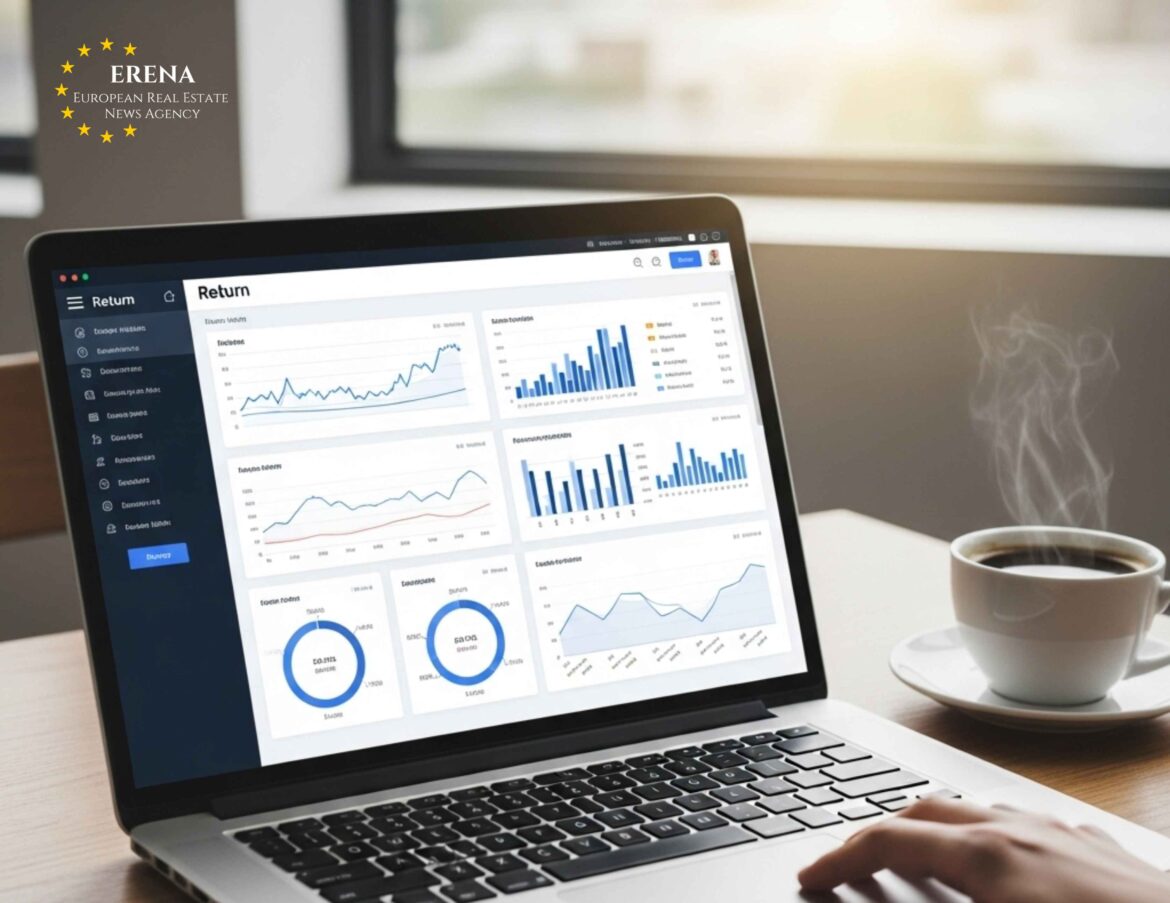In the dynamic real estate market of 2025, being a successful investor or landlord goes beyond simply buying property and collecting rent. To truly maximize profitability, you must track your property’s performance—and that means calculating Return on Investment (ROI) regularly. Fortunately, numerous free online tools now make this process fast, accessible, and data-driven.
This article breaks down why ROI matters, what metrics to track, and which free tools can help you stay on top of your real estate investments—all optimized for WordPress publication.
Why ROI Tracking Is Essential
ROI offers a clear picture of whether your property is making money. It enables you to:
- Identify the most profitable assets in your portfolio
- Adjust rent prices based on market trends
- Optimize operating costs and forecast future maintenance
- Plan financing or refinancing
- Understand how taxes and deductions affect profits
Without active tracking, even experienced investors can overlook hidden costs that drag down returns.
How to Calculate ROI
The basic ROI formula is:
ROI = (Net Annual Profit / Total Investment) × 100
Example:
If you purchased a rental apartment for €150,000, spent €10,000 on renovations, and earn €12,000 annually after all expenses, your ROI would be:
ROI = (12,000 / 160,000) × 100 = 7.5%
Regularly revisiting this figure ensures your property is working for you.
Top Free Tools to Track Property ROI
Here are some reliable and easy-to-use tools that help calculate ROI and monitor profitability.
1. Rent Estimator Tools
Ideal for comparing your rent prices to similar listings in your area. These tools help you evaluate if you’re underpricing or charging a competitive rate.
Features typically include:
- Rent benchmarks based on property type and location
- Market trend graphs
- Price comparison against similar units
2. Property ROI Calculators
These platforms allow you to input detailed information—purchase price, mortgage, repairs, rent, expenses—and calculate full ROI and cash flow metrics.
Core functions:
- ROI, Cap Rate, and Cash-on-Cash Return
- Monthly and annual cash flow summaries
- Break-even analysis
3. Spreadsheet Templates (Excel or Google Sheets)
Many investors use customizable templates to analyze performance. Free versions are widely available and perfect for personalizing expense categories or taxes.
Best practices:
- Automate ROI calculations using formulas
- Include projected and actual rental income
- Factor in taxes, insurance, and maintenance
- Add columns for annual appreciation and inflation
4. Investment Analysis Apps
Mobile-friendly apps for Android and iOS offer quick access to ROI data on the go. Some even allow you to compare multiple properties.
Features to look for:
- Property comparison dashboards
- Loan amortization tracking
- One-click PDF reports
- Offline mode for remote usage
5. Rental Performance Tracking Platforms
These tools are geared toward landlords and Airbnb hosts, helping you monitor monthly cash flow, maintenance logs, and tenant turnover.
Useful insights include:
- Net income per month
- Occupancy rates
- Average maintenance costs
- Total return over time
Key Metrics to Track
Besides ROI, consider tracking these important performance indicators:
Cap Rate
Cap Rate = Net Operating Income / Property Value
Used to compare different properties in the same market.
Cash Flow
Positive cash flow ensures that you’re not just building equity but also receiving steady income after covering all expenses.
Break-Even Ratio
Shows what percentage of gross income goes to covering mortgage and operating costs. A lower number indicates healthier performance.
What Data You Need
Before using any tool, gather the following:
- Purchase price
- Mortgage terms (if applicable)
- Down payment
- Renovation costs
- Property taxes
- Insurance premiums
- Management fees
- Monthly rent income
- Estimated vacancy rate
The more accurate your inputs, the more actionable your insights.
How to Improve ROI
Low ROI doesn’t always mean a bad investment. It may signal opportunities to increase efficiency:
- Raise rents in line with market trends or after making improvements
- Reduce expenses through better management or energy efficiency
- Switch to short-term rentals if location and demand allow
- Refinance at lower interest rates
- Leverage tax deductions like depreciation, mortgage interest, and maintenance
Automate and Analyze
Many tools offer automation and syncing across devices. You can receive:
- Monthly income and expense summaries
- ROI trend reports
- Alerts when rental income drops
- Suggestions for increasing profitability
Data Privacy Tips
When using online tools:
- Choose platforms with secure data encryption
- Avoid sharing banking information unless necessary
- Backup your data regularly via export options
Conclusion
Tracking ROI is no longer reserved for accountants or seasoned investors. With the rise of free online tools, any property owner can take control of their investment’s performance, make informed decisions, and build a scalable rental business.
Key Takeaways:
- Accurate ROI tracking is vital for profit and growth
- Free calculators and spreadsheets provide instant performance insights
- Adjusting rent, reducing costs, or switching strategies can boost ROI
- Always work with current, real-world numbers for the best outcomes

